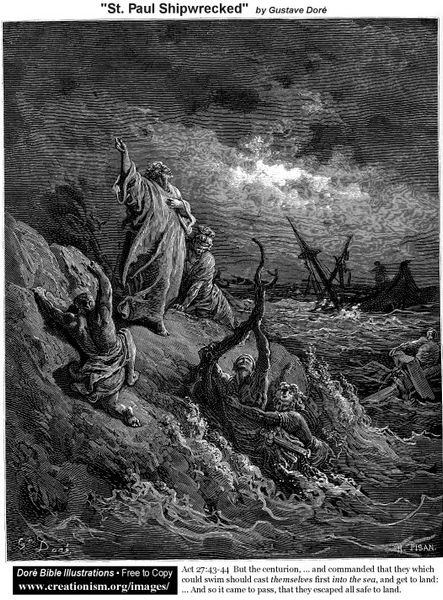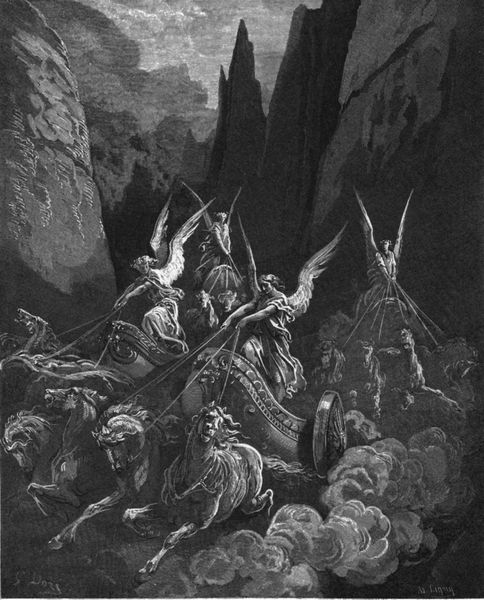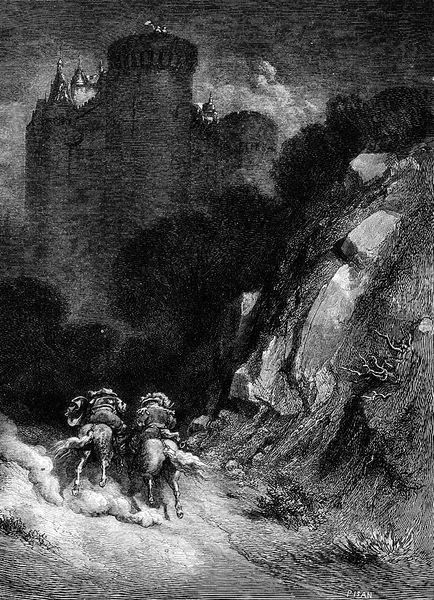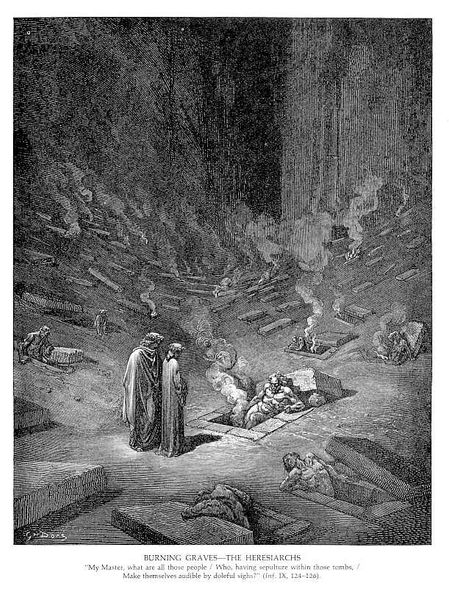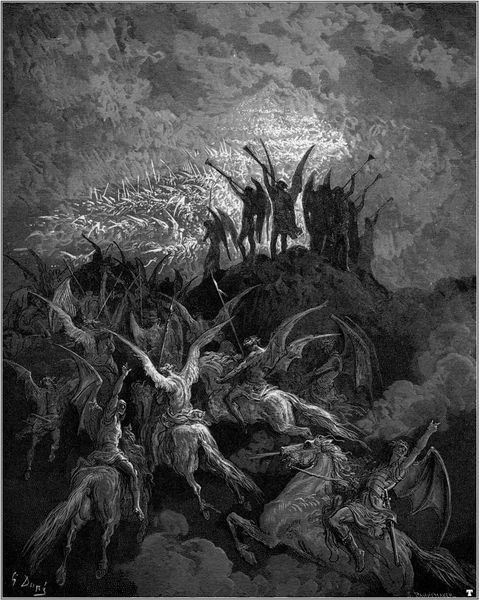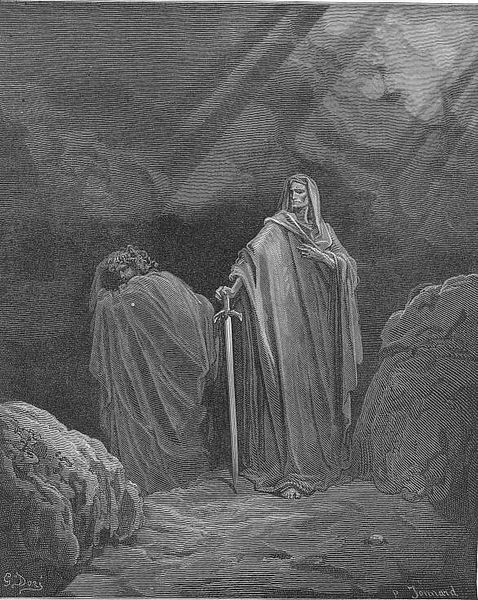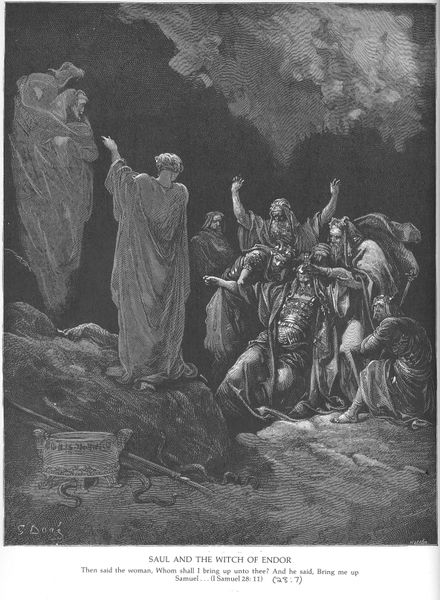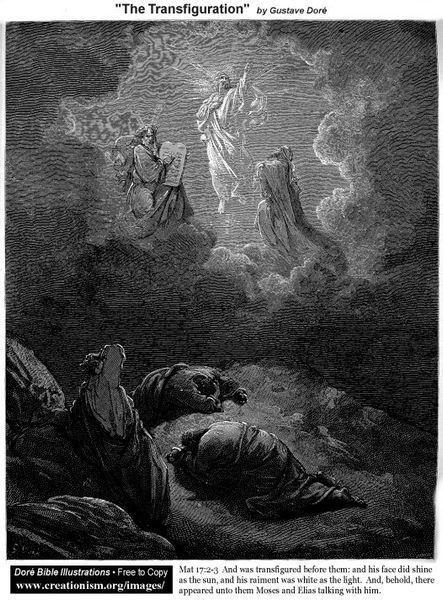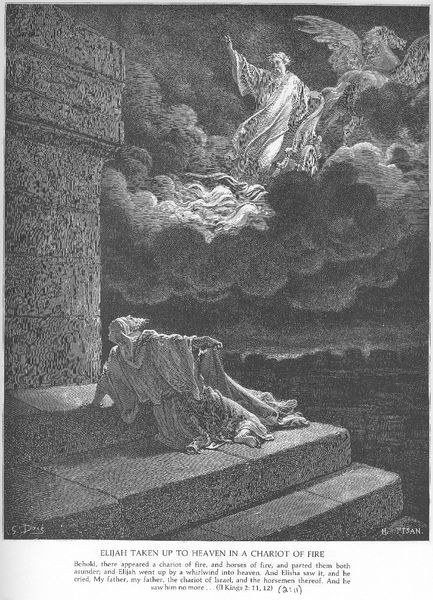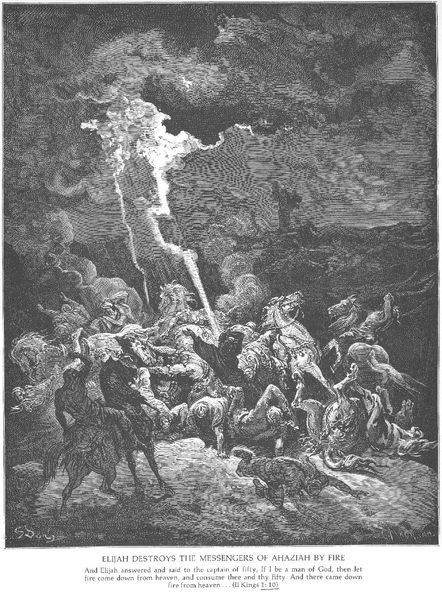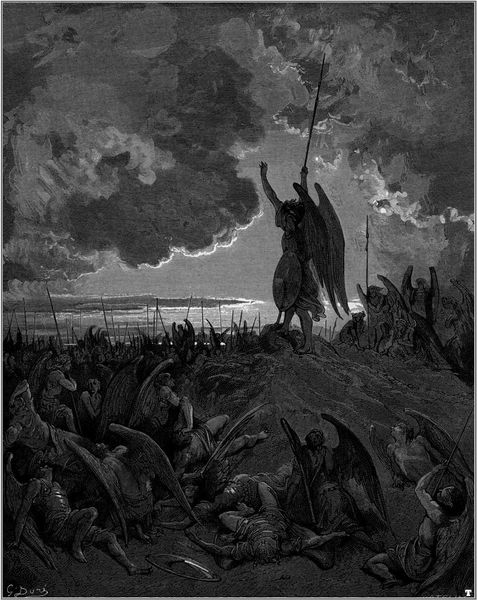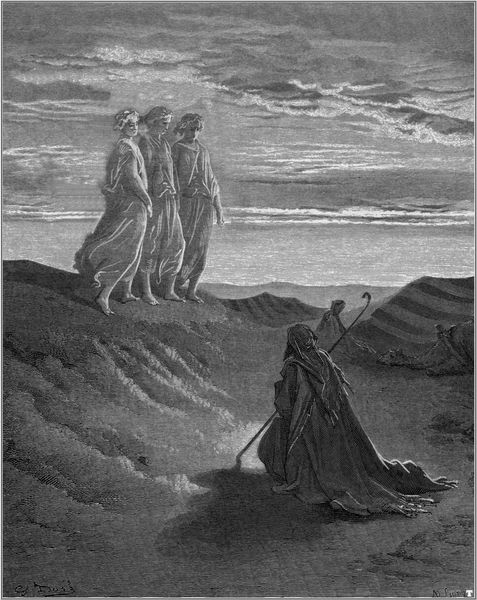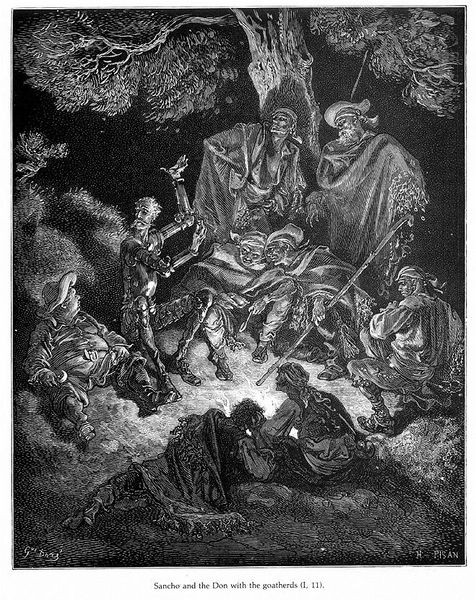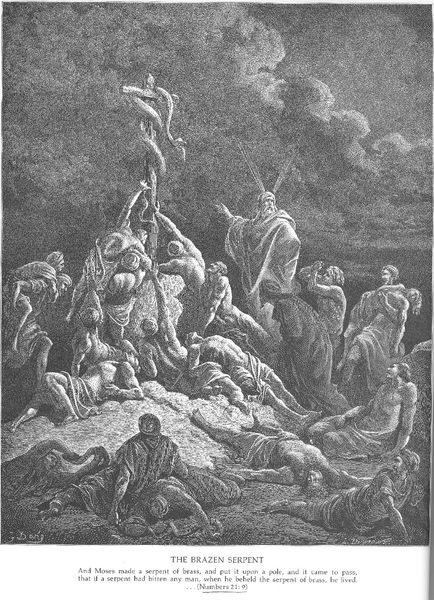
drawing, paper, ink, engraving
#
drawing
#
narrative-art
#
charcoal drawing
#
paper
#
charcoal art
#
ink
#
romanticism
#
surrealism
#
christianity
#
history-painting
#
charcoal
#
graphite
#
engraving
Copyright: Public domain
Curator: Before us we have "Sodom," a drawing by Gustave Dore, likely executed with ink or charcoal and engraving on paper, exemplifying Romanticism and his unique style. Editor: The drama! It's overwhelmingly dark. The artist’s rendering makes excellent use of strong contrasts that establish the weight of the tragic narrative. Curator: Exactly! Dore was renowned for his historical and narrative art. Considering the biblical narrative it illustrates, think about the socio-political role of illustrating religious text. How did the reproduction via engravings make stories accessible, and who was controlling the narrative? Editor: Let's break down the image first: The composition employs high contrast—charcoal blacks against bright whites, guiding your eye. Look how Lot and his daughters cluster together, while the figure holding the urn looks away—forbidden glance carrying tremendous narrative weight, doesn't it? It is so structurally compelling. Curator: Precisely, that figure carrying the urn can be interpreted using a Marxist lens. It’s posited the urn wasn’t expensive, which implies that this woman, tasked with saving what they could, was limited by class when saving precious valuables. We often overlook that religious morality tales intersect directly with class and gender in this time! Editor: I do see the compositional imbalance lends to your point, it certainly does imply weight is lopsided. Still, it's impossible to deny how Dore crafts tension with that simple act of turning—defiance—almost a physical embodiment of consequence! Curator: And what's striking to me is how his process reflected contemporary industry. The paper was manufactured, ink likely purchased, the printing process dependent on skilled laborers… the means of production are as crucial to its meaning as any explicit symbol! Editor: Perhaps, but through visual analysis alone, it is hard to consider those contextual components. Dore used formal devices expertly to draw our attention to certain moral concepts through symbolic characters, composition, etc! Curator: Ultimately, Dore's “Sodom” compels us to think beyond the purely aesthetic, urging us to consider the artwork's historical, social, and material conditions as integral to its enduring impact. Editor: While understanding how social contexts can enhance an interpretation, it all starts with close analysis—appreciating how form embodies theme, in Dore’s capable hand, and then using those conclusions to shape our cultural understandings.
Comments
No comments
Be the first to comment and join the conversation on the ultimate creative platform.
